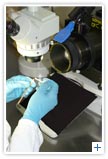


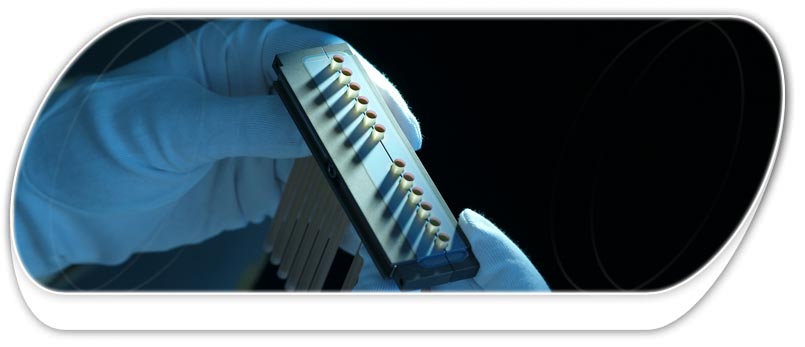
Production
1. Development of coating
Development always starts with the coating design, which can consist of up to 100 individual layers. The desired coating properties are modeled using the company’s proprietary software in close coordination with the customer. After approval has been granted by the customer, the coating is assigned a unique identification number. Using this code, customers can reorder the same coating or change it, even after many years.
2. Substrate selection and predeposition cleaning
Nearly all types of mineral glass and crystal can be used as substrates. However, only a limited selection such as quartz glass, Boroflat, D263, sapphire, silicon, YAG, LiNbO3 or similar is suitable for extremely complex coating designs using IP technology.
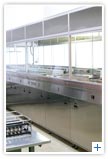 Absolutely thorough cleaning of all substrate surfaces is crucial for maximum quality of the coatings. A state-of-the-art ultrasonic cleaning system is used to ensure cleanliness. Sensitive types of glass or substrates with special shapes are cleaned manually..
Absolutely thorough cleaning of all substrate surfaces is crucial for maximum quality of the coatings. A state-of-the-art ultrasonic cleaning system is used to ensure cleanliness. Sensitive types of glass or substrates with special shapes are cleaned manually..
3. Preparation for coating
4. Coating process
After surface inspection the coating system containing batches of substrates is pumped down and normally heated as well. As with the previous processing steps, high cleanliness is also the prerequisite for good results here. For this reason, the shields and evaporant sources of the equipment are cleaned regularly, and if required even following each batch. The coating process is started after the required temperature and vacuum level has been reached; it takes from a few minutes (for anti-reflection coatings) up to several hours, depending on the type of coating. After a substrate-dependent cool-down time, the equipment is vented and prepared for the next batch.
5. Final inspection and measurement
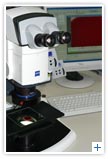 After complete chamber cool-down, the substrates are removed from the fixtures and each individual optic is visually inspected again. Adhesion and abrasion tests are performed on a sample basis. Additional visual inspection of substrate and coating can also be performed with a stereomicroscope (Zeiss). At least one witness sample is also coated with each batch to verify the optical properties. If tight tolerances are required in the specification, complete measurement of the entire batch is necessary.
After complete chamber cool-down, the substrates are removed from the fixtures and each individual optic is visually inspected again. Adhesion and abrasion tests are performed on a sample basis. Additional visual inspection of substrate and coating can also be performed with a stereomicroscope (Zeiss). At least one witness sample is also coated with each batch to verify the optical properties. If tight tolerances are required in the specification, complete measurement of the entire batch is necessary.
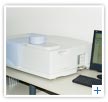 Perkin-Elmer Lambda 900 and 950 spectrometers allow highly accurate measurement of transmission or reflection at various angles and polarizations in the wavelength range between 0.19 and 3.2 µm.
Perkin-Elmer Lambda 900 and 950 spectrometers allow highly accurate measurement of transmission or reflection at various angles and polarizations in the wavelength range between 0.19 and 3.2 µm.
If desired, the customer receives a test report for each batch. All Tafelmaier Dünnschicht-Technik coatings are RoHS (EC Directive 2002/95/EC) compliant.





